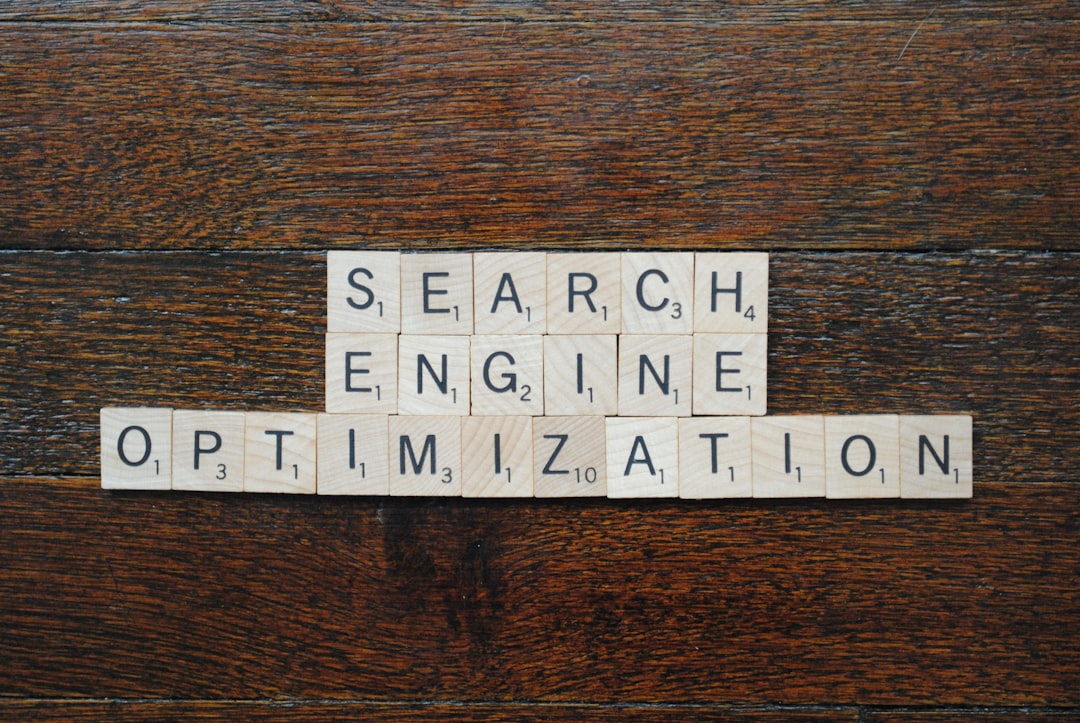
WordPress Website Optimization Techniques for Enhanced Online Visibility
In today’s digital age, having a well-optimized website is crucial for achieving high visibility on search engines. For those using WordPress, the platform offers a plethora of tools and techniques to enhance your website’s performance. This article delves into essential WordPress website optimization techniques that can help improve your online visibility and ultimately attract more traffic.
Understanding Website Optimization
Website optimization involves enhancing various elements of your site to improve its performance, speed, and search engine ranking. This process not only involves technical adjustments but also focuses on user experience. A well-optimized site leads to higher engagement rates, lower bounce rates, and increased conversions—all of which are pivotal for online success.
Key WordPress Optimization Techniques
#1. Optimize Images
Images can significantly impact loading speed, affecting user experience and SEO. To optimize images in WordPress:
- Use the right file format (JPEG for photos, PNG for graphics).
- Compress images using plugins like Smush or Imagify.
- Implement lazy loading to defer loading of off-screen images, which can improve page speed.
#2. Utilize Caching Plugins
Caching is a process that stores static versions of your content, allowing faster delivery to your visitors. Popular caching plugins like W3 Total Cache and WP Super Cache can drastically reduce loading times. By enabling browser caching and page caching, you enhance user experience and SEO rankings.
#3. Minimize HTTP Requests
Every element on your WordPress page, including scripts and styles, generates HTTP requests. Reducing these requests can improve load times. Here are some techniques to minimize requests:
- Combine CSS and JavaScript files using plugins like Autoptimize.
- Remove unnecessary plugins that may add extra scripts.
#4. Optimize Your Database
An optimized database can improve your site’s performance. Over time, your WordPress database can accumulate unnecessary data such as post revisions, spam comments, and transient options. Use plugins like WP-Optimize to clean up your database regularly, ensuring it runs efficiently.
#5. Implement a Content Delivery Network (CDN)
A CDN distributes your website content across multiple servers worldwide, allowing users to access your site from the nearest server. This reduces latency and increases loading speeds. Popular CDN services include Cloudflare and MaxCDN.
#6. Choose a Lightweight Theme
The theme you choose plays a significant role in your site’s performance. Lightweight themes with minimal features often load faster. Look for themes that are optimized for speed, such as GeneratePress or Astra.
Technical SEO Enhancements
#7. Use SEO Plugins
Optimize your content for search engines using SEO plugins like Yoast SEO or All in One SEO Pack. These tools provide guidance on keyword usage, readability, and meta tags, helping you create content that ranks well.
#8. Optimize URLs and Permalinks
WordPress allows you to customize your URL structure. A clean, descriptive URL improves user experience and SEO. Go to Settings > Permalinks and select a structure that includes your post name for better readability.
Current Trends in WordPress Optimization
As technology evolves, so do optimization techniques. Current trends emphasize mobile-first design, as mobile traffic continues to grow. Google’s mobile-first indexing means that optimizing for mobile is no longer optional. Ensure your WordPress site is responsive and performs well on mobile devices.
Additionally, the rise of artificial intelligence (AI) and machine learning is influencing SEO practices. Tools like RankBrain analyze user behavior to provide more relevant search results. Adapting your content and optimization strategies to align with these technologies can set you apart from competitors.
Expert Opinions
According to Neil Patel, a leading digital marketing expert, “The faster your website loads, the better your rank will be on Google.” This statement underscores the importance of speed in the optimization process. Ensuring that your WordPress site loads quickly can improve your visibility and user retention.
Further Reading and Resources
To deepen your knowledge about WordPress optimization techniques, explore the following resources:
- Google’s PageSpeed Insights
- WPBeginner’s Guide to WordPress Optimization
- Moz’s Beginner’s Guide to SEO
By implementing these WordPress website optimization techniques, you can significantly enhance your online visibility. From optimizing images to leveraging the power of caching and CDNs, each strategy contributes to a faster, more efficient website. Don’t forget to share this article with fellow WordPress users and subscribe to our newsletter for more insights on enhancing your digital presence!


